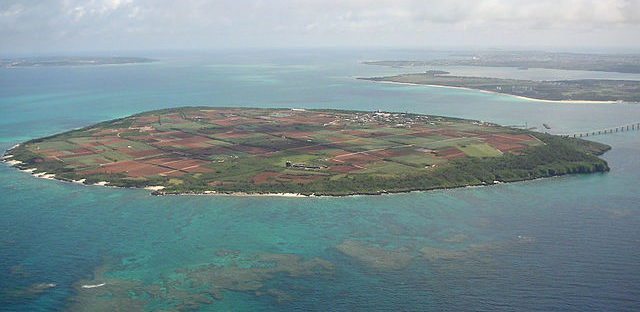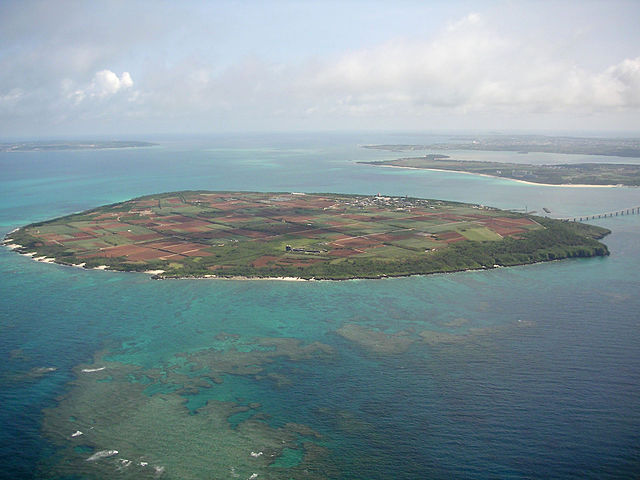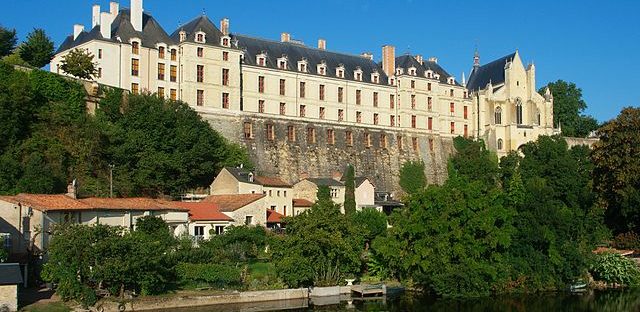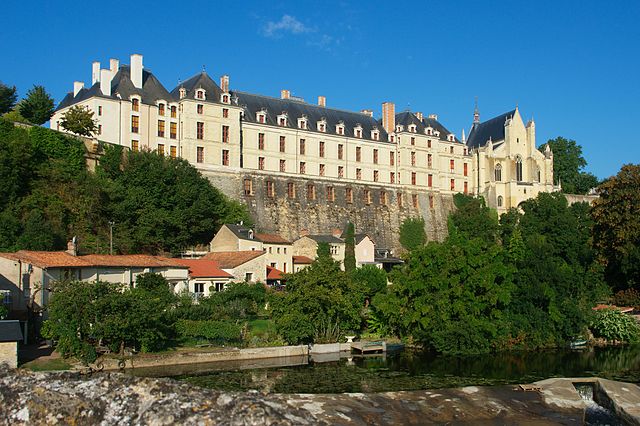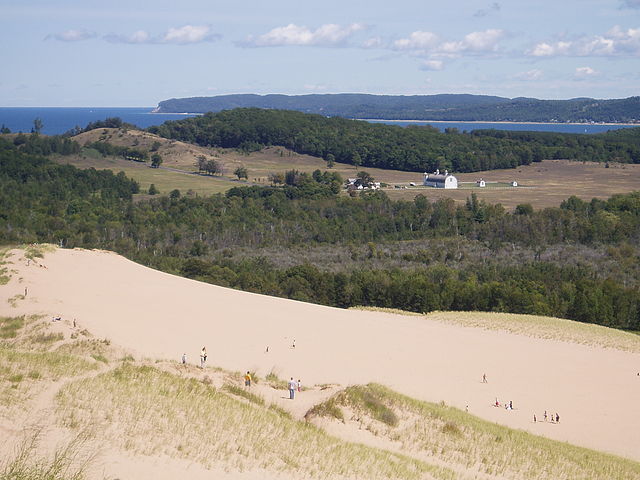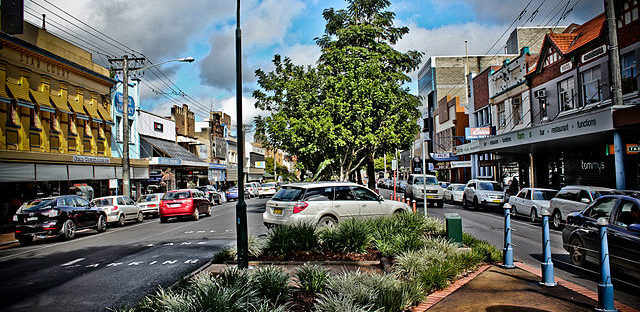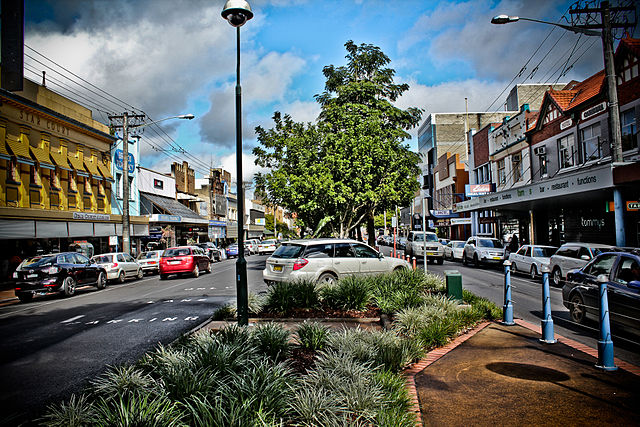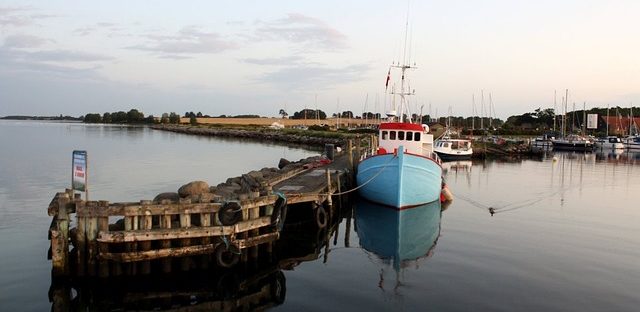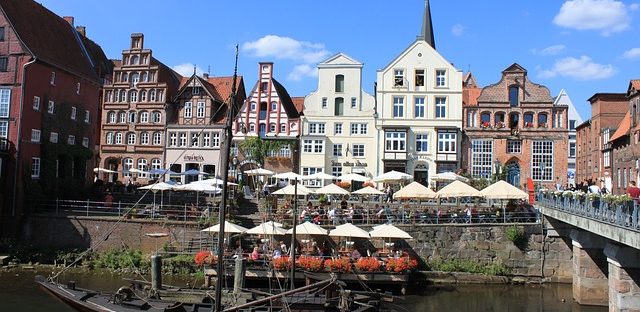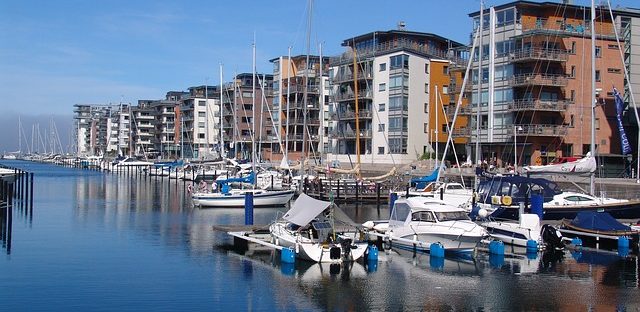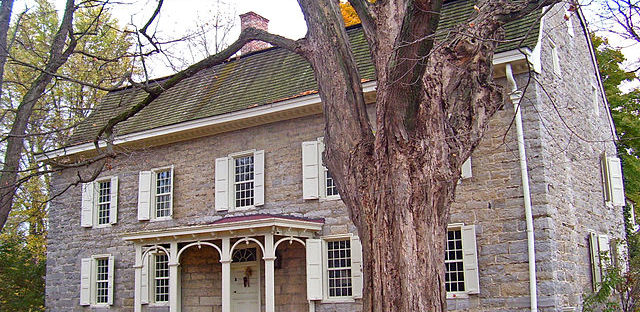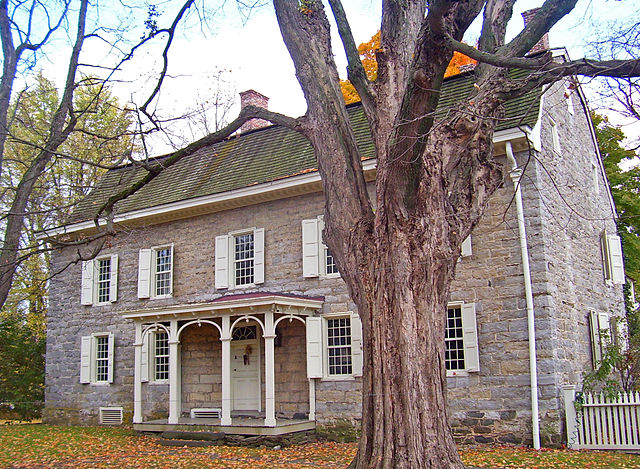- Target: 100% renewable energy
- Status: In progress
- RES: Solar photovoltaics
- Implementation: Kurimajima is a remote Japanese island, part of the Miyakojima Islands and municipality in the South of Okinawa prefecture. The island's only connection to the main island of Miyakojima is a 1,690-meter long bridge and is named after Kurima Island. The Miyakojima Islands are well known in Japan for their tropical landscape and turquoise blue sea. Today they are known as the energy transition pioneers in using small and autonomous energy systems. The 100% renewable energy target originated from the need to preserve local groundwater and ecosystem. The island has a rich and unique marine ecosystem and is one of the most popular islands in Japan for tourism. In 2008, its focus on protecting the environment was outlined in the Eco-Island Miyakojima Declaration. It defined clear goals to cut carbon emissions levels in the island: 40 percent in 2030 compared to 2003 carbon emissions, and 70 percent in 2050. To achieve this, energy for heating, transport and electricity would come from renewable sources. To date, the island has installed many small-scale power systems, such as photovoltaic panel on houses or local businesses buildings. Solar power generation accounts for 380 kW and storage batteries for 100kW-176kW. A management system of the supply and demand has been tested since 2011 in collaboration with the company Toshiba. The involvement of the municipality and the knowledge of private stakeholders’ have helped build smart-community grids. These systems are working to stabilise energy supply on the remote island.
- Population: 200
- Area: 2,84 km²
- Link: https://www.nedo.go.jp/content/100788811.pdf
Tag: – Works in Progress
Lancaster, California, USA
- Target: Net zero city for electricity use by 2020
- Status: In progress
- RES: Solar energy
- Implementation: In 2008, Lancaster Mayor R. Rex Parris initiated the net zero city campaign by launching the “Solar Lancaster” program, an innovative public-private partnership with solar firm SolarCity which enables local residents and businesses to install solar energy systems at a significant cost savings over their existing energy bills. He also led an initiative to streamline and fast-track renewable energy developments of all types, from small single-home installations to larger developments which will provide hundreds of megawatts of renewable energy. In relation to solar permits, Lancaster’s approval process for homeowners wanting to install solar energy was shortened. What usually took weeks or even months in some jurisdictions, now could be performed over-the-counter. Furthermore, zoning adjustments were made to expand the installation of different types renewable energy systems throughout the city. By 2013, a new ordinance was in place requiring new single family residential units been built on or after January 1, 2014 to provide solar-generated power at a minimum average of 1kW per unit. To date, over 1700 single-family residential solar permits have been issued, and more than 100 homeowners and businesses have taken advantage of the Solar Lancaster program.
Solar energy systems on six municipal facilities generate 1.5 MW of renewable energy and help save taxpayers approximately $6 million over 15 years. The city’s Lancaster Power Authority, formed in 2011, partnered with Eastside and Lancaster School Districts is installing 7.5 MW of solar energy-producing parking shade structures at 25 school sites. These projects will provide substantial energy savings and generate an estimated revenue of $20 million. Other success stories include the KB-BYD project, which united China-based technology and manufacturing giant Build Your Dreams (BYD) with KB Home to create an affordable solar energy housing community. BYD’s advanced battery technology will provide households with a way to use solar energy and help store the energy for use during nighttime hours or power outages. The City also actively recruits solar developers. The firm First Solar established its 230 MW AV Solar Ranch One in summer 2011, and Lancaster is already home to the nation’s first 5 MW power tower, constructed by eSolar. Other projects include a partnership with US Topco Energy, Inc., a division of Topco Scientific Taiwan, to build 50 MW utility-scale solar systems, and Beautiful Earth Group’s construction of two 19 MW photovoltaic plants. Each plant will be able to annually generate 16 gigawatt hours of electricity, approximately enough energy to power 10,000 homes. In 2013, Antelope Valley Solar Projects began construction of a 579 MW project. This SunPower technology project encompasses more than 3,000 acres and is anticipated to bring approximately 650 jobs to the Antelope Valley. To create a mechanism to spread Lancaster’s success and expertise in the field of renewable energy, the city led the establishment of the California Clean Energy Authority (CCEA). In addition, the City created the High Desert Power Authority (HDPA) to support the transmission of renewable electricity from Lancaster and the surrounding region to high-demand areas in the Los Angeles basin. Job creation is a key component of Lancaster’s renewable energy strategy. To accomplish this, the City is partnering with local higher education institutions such as the University of Antelope Valley to develop programs to ensure that the local workforce has the skills needed for future jobs in the renewable energy industry. - Population: 160,106 (2016)
- Area: 94.56 sq mi (244.91 km2)
- Link: City of Lancaster Alternative Energy
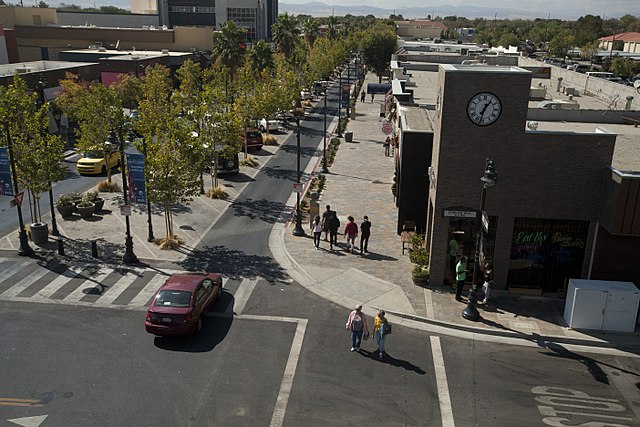

Le Thouarsais, France
- Target: 100% RE
- Status: In progress
- RES: Wind power and biogas.
- Implementation: Le Thouarsais is a group of 33 communes, located in the Poitou-Charente region of France. Its core city is Thouars. Commited to fight against climate change, the Thouarsais territory aims to make renewable energy the vector of economic growth and social development in the area. In 2001, it implemented the framework "Conseil en Energie Portage". By 2007, the Local Climate initiatives contract enabled local authorities and stakeholders to be involved in the transition process, alongside the Ademe (French national energy agency) and the Poitou-Charentes Region. They would work together to: (1) reduce greenhouse gas emissions before 2050 and (2) become a positive energy territory. To date, the number of renewable energy projects in the region is multiplying, from the centralized methanization unit “TIPER” (3 MW) involving around 50 farmers, to a 36 MW wind park.
- Population: 36, 176 (2013)
- Area: 620 km²
- In French
- In French
Leelanau Township, Michigan, USA
- Target: 100% renewable energy for electricity, heating and transportation
- Status: In progress
- RES: Windpower, solar energy and geothermal.
- Implementation: Leelenau Township is located on the eastern shore of Lake Michigan, and is well known for its cherry industry and for summer tourism. In Northport, a small village with an area of 1.65 square miles located near the tip of Leelanau Peninsula, a group of local leaders had decided that the economic and environmental benefits of renewable energy were worth the effort to transition the township to 100% renewable energy. To enable the township to achieve this target, local university students and activist leaders began working together in 2014 to develop a Renewable Energy Community Plan. This effort would involve the University of Michigan’s School of Natural Resources and Environment (SNRE) Master’s Project Team with the Northport Energy Action Taskforce (NEAT). NEAT is a local non-profit, all volunteer, community based organisation that advocates and pursues actionable renewable energy and energy efficiency projects. Its members include senior retired professionals, farmers, government committee members, and others with influence in the community.
The Renewable Energy Community Plan focuses on educating the public and garnering community support to accelerate efforts in becoming a resilient, energy self-sufficient and energy efficient community. It lays out a design and method of implementation for a model which other small Michigan communities can successfully emulate. The basis of the Leelanau model is the initial energy target of meeting the Leelanau-Northport's 30 million kilowatt hour annual electricity demand with renewable energy sources. Next is to expand the Plan to include the heating and transportation sectors.
Renewable power installations already implemented in the township include a community wind turbine that helps power a local wastewater treatment plant, the solar powered Northport Creek Golf course, and other solar energy systems planned for local agricultural operations, wineries and government facilities. Some residents have installed renewable energy and efficiency upgrades in their homes, as well as geothermal units for heating and cooling. Among the financing models being explored in the Plan are community owned projects like a community solar farm in which multiple community members may own a stake in the system. - Population: 2,017 (2017)
- Area: 227.6 sq mi (589.4 km2)
- Link: https://www.northportenergy.org
Linköping, Sweden
- Target: 100% renewable energy sources for fuel, heating and electricity.
- Status: In progress
- RES: Biogas as biofuels, district heating and cooling systems.
- Implementation: In the 1970s, Linköping was suffering from air pollution because of emissions from diesel-fuelled public buses. An alternative fuel was found in methane-rich biogas since it was clean-burning and cheaper than expensive oil imports. In 1995, the city in cooperation with Tekniska Verken, the municipal services provider and the Linking University decided to form an associated company with shared ownership, called Linköping Biogas AB (now Svensk Biogas). It began work with the farmers’ association, transit authorities, and other actors to implement a biogas project. The biogas would be made by turning waste products (wastewater, residues from local agricultural activities, meat processing industries and restaurants) into methane. The production would reduce the need for environmentally destructive landfills and waste incinerators, and reduce the volume of waste sent for incineration. The biogas project has contributed to the city’s economy, by increasing the competitiveness and productiveness of local farmers through the production of biogas and bio-fertilisers. By 2002, the entire city bus fleet and about 90% of the taxi fleet were bio-methane driven. In 2005, the world’s first biogas train became operational in Linköping. Since 2010 the City of Linking created its own car pool of around 25 vehicles that run on biogas. The cars are used by municipality employees during the daytime for work-related travel and are available for the general public in the evenings and at weekends. Besides biogas, the city is investing in co-generation for producing electricity, and providing district heating and district cooling from waste incineration.
- Population: 104,232 (city), 158,841 (metro)(2010)
- Area: 42.16 km2 (16.28 sq mi)
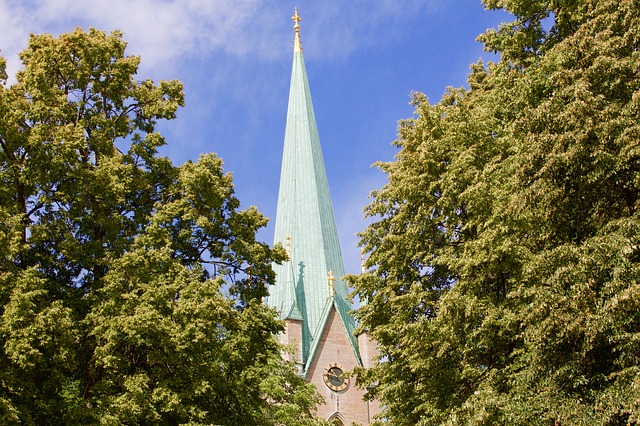
Lismore, NSW, Australia
- Target: Generate 100% of the City Council's electricity needs from renewable energy sources by 2023.
- Status: In progress
- RES: Solar photovoltaic and thermal systems, hybrid wind and solar-powered off-grid streetlight.
- Implementation: The 100% RE target set by Lismore City Council is a corporate target rather than one applied to the entire city area. The decision of the City Council was made in 2013 after an 18-months community consultation, which resulted in the community expressing the wish for Lismore to become a model of sustainability, starting with the Council itself reaching the 100% goal. The City Council's response was to develop the 2023 Renewable Energy Master Plan in 2014, which would include various action plans. The Plan would involve two important stages. First, energy consumption should be significantly reduced with a range of energy efficiency measures, such as switching to LED lighting and installing solar PV and solar hot water systems at Council-owned sites. Second, a large-scale 3.8-4.7 MW solar plant should be constructed. In 2014, Lismore awarded a tender to Nickel Energy to install 166kW of solar PV which should save nearly $100,000 a year in electricity costs. The city also took advantage a Community Energy Efficiency Program (CEEP) which was established by the federal government of Australia to support local councils and community organisations in improving the energy efficiency of buildings, facilities and street lighting as well as delivering community education. The city conducted energy efficiency upgrades in buildings and facilities. It soon became the first local government in Australia with hybrid wind and solar-powered off-grid street lighting. Meanwhile, the energy efficiency upgrades has reduced electricity consumption within five years by 22%. Since 2013 the council has also been working together with the 'Farming the Sun' initiative to create Australia’s first community-owned solar farm consisting of two 100kW solar PV systems using a community-funded loan. Finance for the projects is being sourced from local community investors.
- Population: 27,569 (2016)
- Area: 1,290 km2
- Link: https://www.lismore.nsw.gov.au/cp_themes/default/page.asp?p=DOC-QMM-54-48-20
Lolland, Denmark
- Target: 100% renewable energy
- Status: Achieved
- RES: Wind energy
- Implementation: By 2006, the island of Lolland off the coast of Denmark was already producing 50% more power from wind than it could consume. It was decided that the best use of the excess renewable electricity was for the production of hydrogen for a hydrogen fuel cell plant. A hydrogen fuel cell is similar to a battery but requires a continuous feed of hydrogen and oxygen to work. Energy is needed to split water molecules (H2O) into its components hydrogen (H) and oxygen (O2). By using wind energy for this purpose, the hydrogen fuel cell plant was 100% renewable. Several major milestones in fuel cell cogeneration development on Lolland are of note. In November 2006, the first demonstration facility for residential Hydrogen Fuel Cell Combined Heat and Power (CHP)was built in the island's town of Nakskov and began producing both electricity and usable heat . In 2008, the facility was connected to existing island buildings. Small 2 kW Hydrogen Fuel Cell CHP units were also installed in 5 homes to show that houses could become their own efficient, secure, decentralized production units of heat and power, without any need for large, centralized utilities. Between 2010 and 2012, the decentralized Fuel Cell CHP program was expanded to 35-40 homes.
- Population: 62,578 (2013)
- Area: 1,243 km2 (480 sq mi)
- Link: http://climatebuildings.dk/vestenskov.php
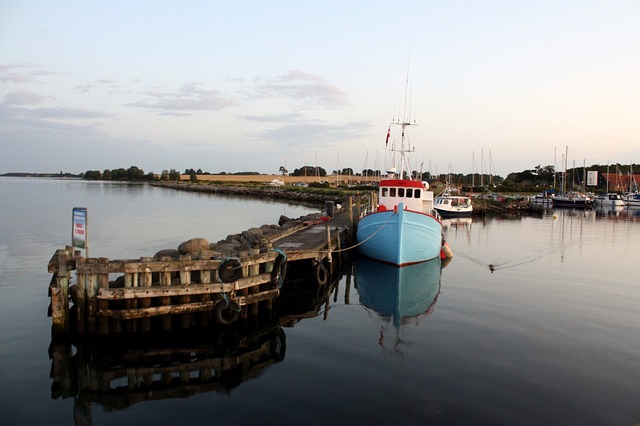
Lüneburg (Region), Germany
- Target: “Renewable energy region”, operating on 100% RE.
- Status: In progress - Today, around 55% of the consumed electricity is renewable: from wind (23%), biomass (27%), solar power (4.3%) and hydropower (0.2%). For heating, only 10% RE is used.
- RES: Wind power, biomass, solar power and hydropower.
- Implementation: In 2008, the administrative district of Lüneburg established an climate protection unit to coordinate an action for climate protection. By 2010, the county council had set the goal to become a 100% renewable energy region (100ee-Region). It would reduce energy demand, apply energy efficiency measures and expand renewable energy implementation. In 2012, the district and city councils commissioned the University of Lüneburg to conduct a study to achieve this target. The “100% Renewable Energy in the region and city Lüneburg” was published, stating that it was possible to completely cover the district's energy demand by renewable energies in the electricity and heating sector. It showed options on how this can be achieved and provided ways to reduce energy consumption. The city and the county council began by reducing its own energy consumption by conducting energetic retrofits of all public buildings. It also began encouraging its inhabitants to save energy and to improve energy efficiency in private households. In order to use the potential of wind energy, the administrative area began looking for priority areas for wind and solar energy.
- Population: 75,192 (2017)
- Area: 70.34 km2 (27.16 sq mi)
- Link: Hansestadt Lüneburg - Erneuerbare Energien in Stadt und Landkreis
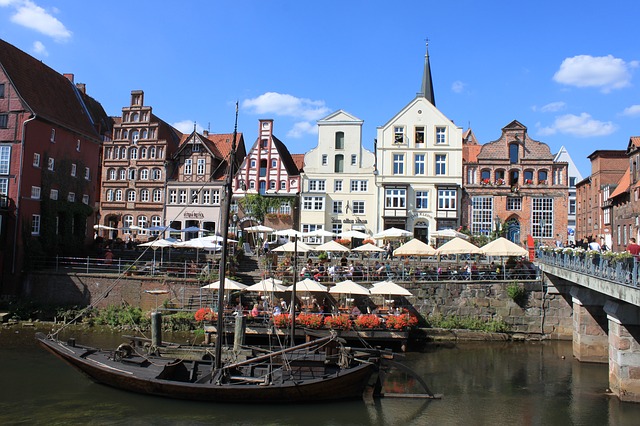
Malmö, Sweden
- Target: 100 % RE by 2030 and climate neutral by 2020.
- Status: In progress - In 2014, the city produced 30% of its energy needs from RE.
- RES: Windpower, solar power, and district heating and cooling systems.
- Implementation: In 2009, the city of Malmö launched the ‘Environmental Program’ in order to: (1) reach the goal of 100% RE, (2) improve the sustainability of the city, and (3) raise the quality of life of its citizens. Environmental goals were set: reduce energy consumption by at least 20% by 2020 and by a further 20% by 2030, and reduce GHG emissions by at least 40%. Furthermore, rail traffic, other electrically driven public transport and the network of cycle lanes will be improved and extended. The Program gives citizens the opportunity to participate in implementation, encourages private investment in RE, and reinforces co-operation with regional stakeholders. Today, he City runs all municipal buildings on 100% RE and has already been reducing greenhouse gas emissions with a focus on energy efficiency, reducing energy use, and investing in renewable energy. Over the past 20 years, the city’s disused brown fields and industrial spaces have been re-developed and revitalised with energy efficient buildings and attractive public spaces. The Western Harbour (Västra Hamnen) with housing estates operates on 100% locally produced RE. The houses are powered by a 2 MWh wind turbine that provides 99% of their electricity and 8 kWh of solar PV. Western Harbor also has an innovative district heating and cooling system. In the summer, cold water from the previous winter, which is being stored 90 meters underground in aquifers, is pumped up by wind-powered electricity and run through a heat pump for district cooling. Once the water is heated it is pumped back down into the aquifers where it is stored for heating buildings in the winter. Furthermore, Malmö is home to Sweden’s largest solar energy plant: Sege Park, featuring 1250 m² of photovoltaic panels.
- Population: 312,012 (city), 728,293 (metro) (2017)
- Area: 332.6 km2 (128.4 sq mi)(city), 2,522 km2 (974 sq mi)(metro)
- Link: https://reneweconomy.com.au/malmo-sweden-leading-way-70597/
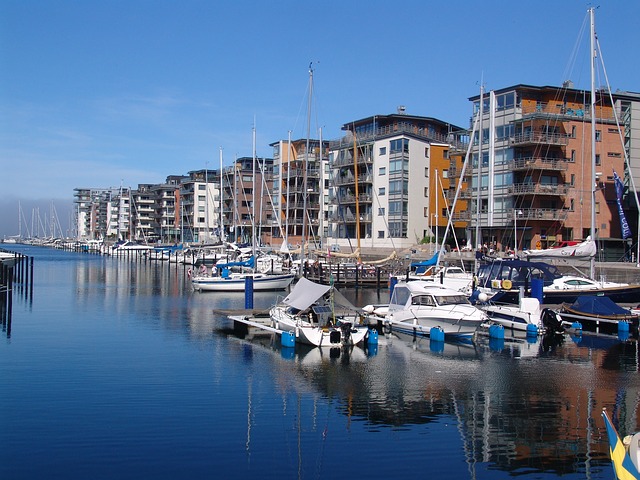
Marbletown, New York, USA
- Target: 100% renewable energy
- Status: In progress
- RES: Hydropower, solar energy, biomass energy and heat pumps.
- Implementation: Marbletown is located in New York's Hudson River Valley, positioned on the edges of the Catskills and Shawangunk Mountains. To achieve its energy target, Marbletown joined the Renewable Highlands Community Choice Aggregation (CCA) program, which was enabled by New York's Reforming the Energy Vision initiative. The CCA replaced the town's former electric utility, Central Hudson, as the default electricity provider. The CCA would procure generation for the town, while Central Hudson would continue to provide electricity delivery, service and billing. Customers also have the opportunity to opt out of the program at any time. Through group purchasing of electricity, it is expect that 100% renewable electricity will be supplied at a reduced price compared to electricity supplied by Central Hudson. If it turns out that the CCA cannot obtain electricity on advantageous terms, the town can leave the CCA at no cost and no further obligation. Marbletown CCA began operating in early 2019.
As a rural town, most residents are completely car-dependent for their everyday needs. Marbletown has installed EV charging stations at the town's community and municipal buildings to encourage the use of E-vehicles. To address lower solar production in winter, combined with higher winter electricity demand for heating, Marbletown is looking to reduce energy consumption through better building efficiencies. However, this challenge may better be addressed outside the town's borders. The state of New York is pursuing the deployment of 2,400 MW of offshore wind, and hydropower resources from Quebec, Canada.
Other than solar, local renewable energy resources found in Marbletown are hydropower and biomass. The town has numerous small streams and an existing run-of-river hydro plant. Many town residents save money by heating with wood stoves, rather than fuel oil. The state has generous incentives for the installation of advanced wood heating systems. Marbletown has also participated in a Solarize campaign that has resulted in 16 residential solar installations in the town and 30 additional installations in the other two participating towns. The town is also planning to lease their rooftops for community solar developments, upgrade the local utility-owned hydropower plant, ban natural-gas connections and pipelines in the town, modify the cost of building permits to favor building efficiency and electrification, amongst others. (Via Greentech Media)
- Population: 5,607 (2010)
- Area: 55.18 sq mi (142.92 km2)
- Link: https://nyenergyweek.com/new-york-town-plans-take-100-renewable-energy/
